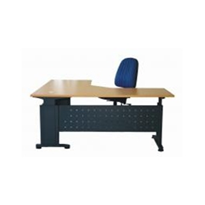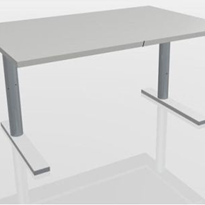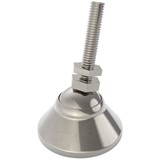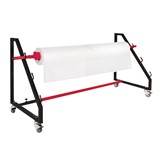Slumped in his chair, he's bored, disengaged, and tired. It's only 1:30pm, and he knows there's still two whole hours left in his school day.
Like a call centre or any other workplace where multiple people routinely use desks during each workday, the ability to adjust heights to exact precisions is what makes electric height adjustable desks so versatile and useful.
Standing desks in the classroom have revolutionised the way students learn, participate, and work. It's also one method designed to help combat childhood obesity, and promote a more active and engaged learning arena.
Schools using standing desks
Schools around the world have been introducing standing desks into their classrooms, with Australian schools appearing to be some of the leaders.
In July 2014, an article appeared in the International Business Times, referring to four Catholic schools in Perth offering standing desks as an alternative to students sitting too long in class. One of the aformentioned school's principals said that students were encouraged to move every 20 minutes to ensure they do not remain in the same position for too long.
Studies have shown that those who utilise standing desks expend more calories than their sitting counterparts. Researchers from A&M performed a study evaluating the impact of standing desks on energy expenditure and physical activity across a group of 408 elementary school students. Indeed, the study found that standing desks resulted in the students burning 15 per cent more calories than a control group that used sitting desks.
One of the leading catalysts in the growing trend of height adjustable desks in classrooms is Mont Albert Primary School. The school has transitioned their grade 6 class into the world's first "standing classroom." The students will be playing an integral role in research undertaken by Baker IDI Heart and Diabetes Institute, who are looking to determine whether being upright can improve the students' health, fitness, learning, and memory. If standing shows benefits to the health, learning and memory of the students over a sitting class, the researchers plan to expand the study to other classrooms across Australia.
To find out if standing desks really can help to improve concentration and alertness, a team of four medical researchers, led by Principal Research Fellow, Dr Sally Barber, engaged nine and ten year old students from a primary school in Bradford, a city in Northern England, who became the first students in Europe to use standing desks in their classrooms. The trial was set to last for a period of seven weeks, with teachers reporting improvements in concentration within a two week period.
Standing up and sitting down

We know that sitting still is against a child's nature and we encourage them to be sedentary by teaching them in an environment where this behaviour is praised.
The consistent adjustment between sitting and standing throughout a school day is where one would really begin to reap the benefits associated with a height adjustable desk. It provides idleness amongst students and can have a positive impact on their learning.
But, it's still okay to sit and this is something that can be tough to translate. While you're investing in a healthier future with a standing desk, it does not mean you're expected to stand all day. In fact, that's one of the worst things you could do, along with sitting all day.
Those poor chairs have become the victim here, as those without the proper information trade in their office chair for a standing desk - permanently. This can be just as bad for your health as sitting all day. Instead, what you should be striving for is avoiding a static position. A static position could involve either sitting or standing.
The growing presence of standing desks in the classroom forces us to rethink traditional classroom design and open our minds about implementing methods that can help reduce boredom and fatigue, increase engagement and participation, and realise a more productive student body.


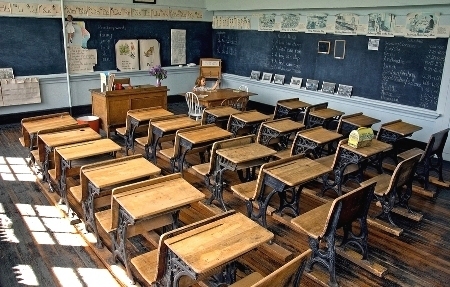


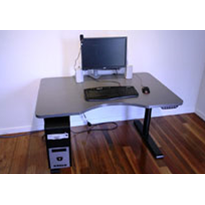
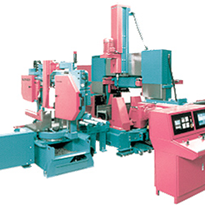



-205x205.jpg)
